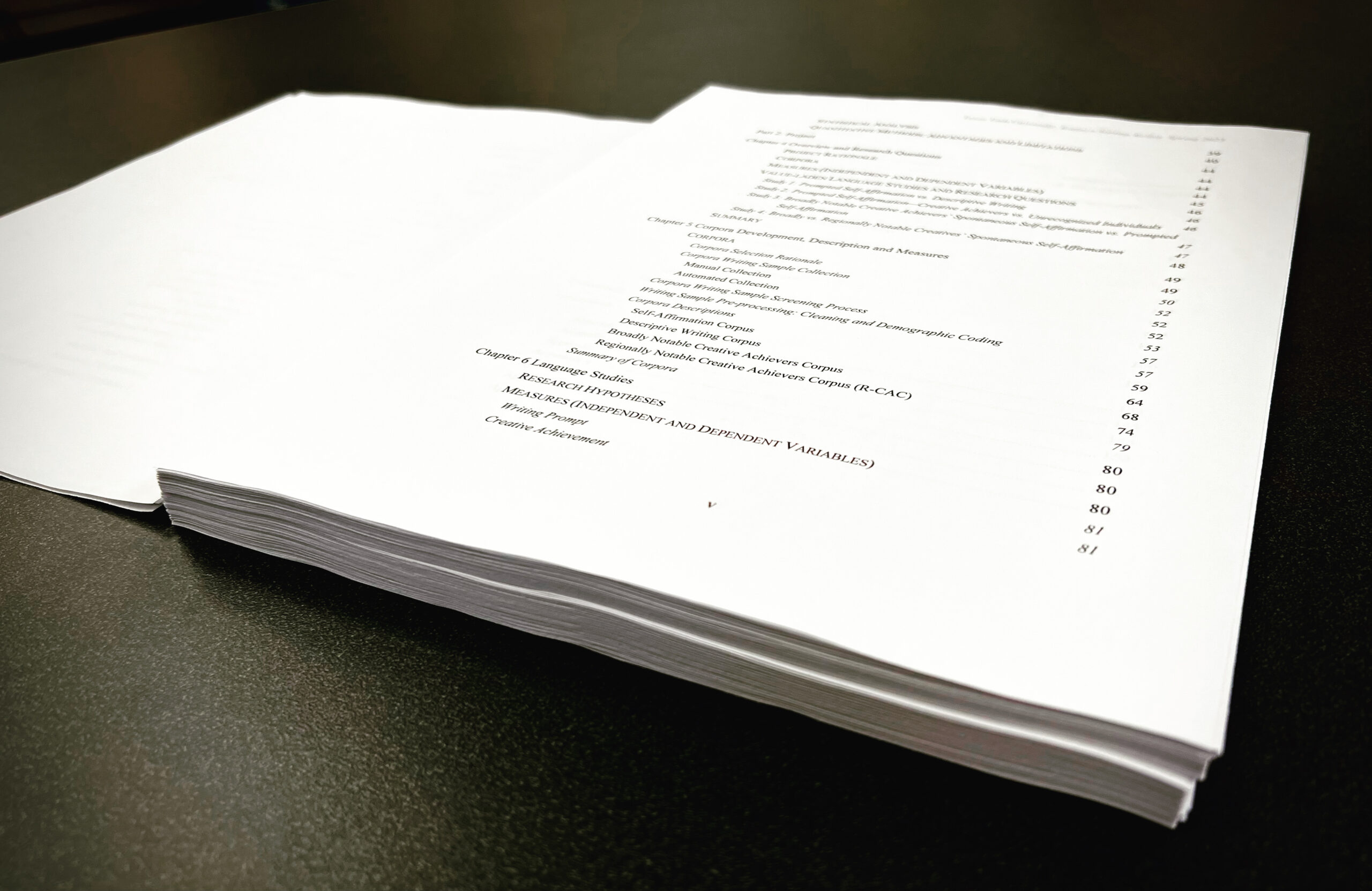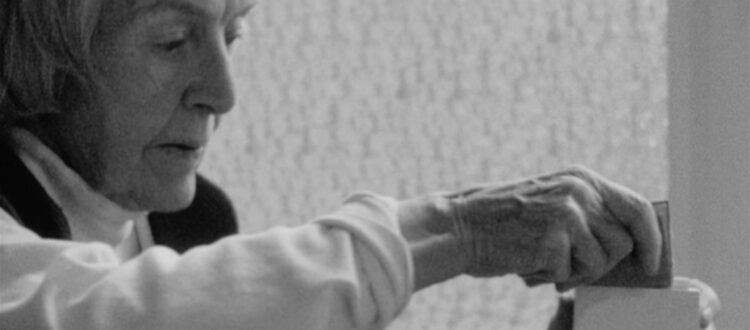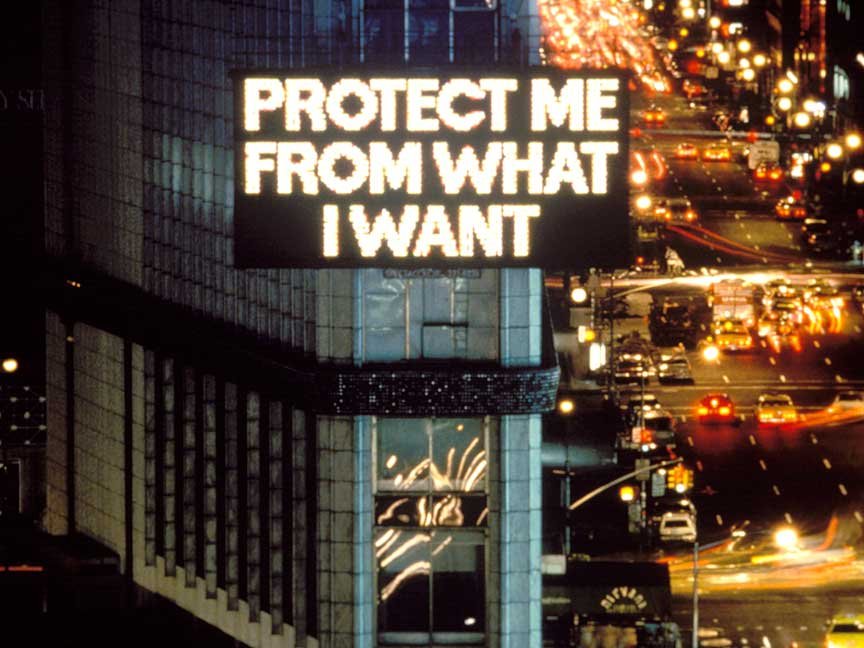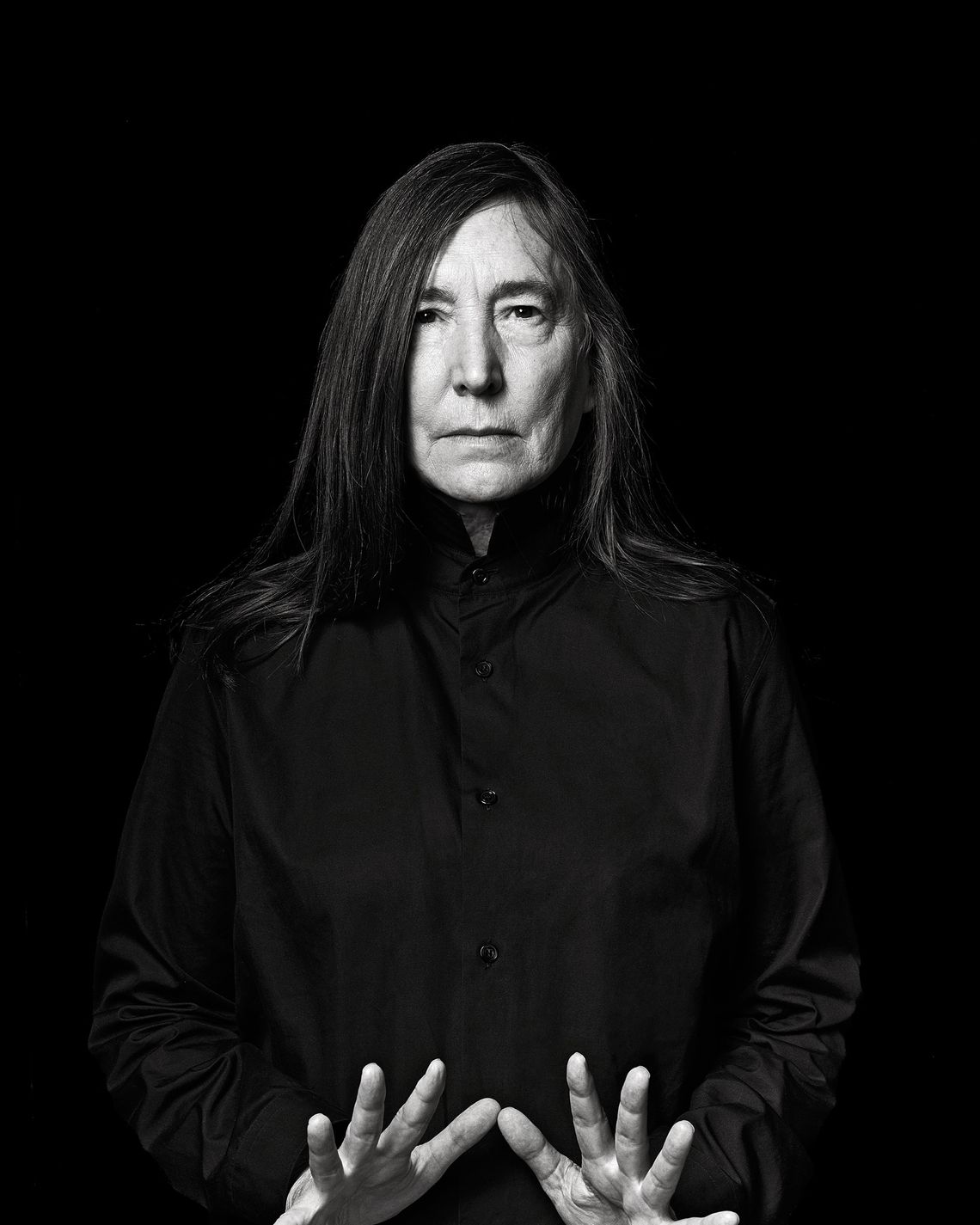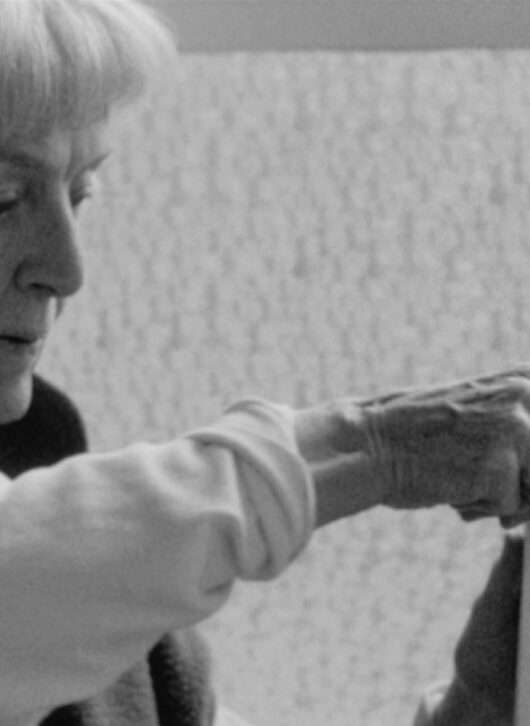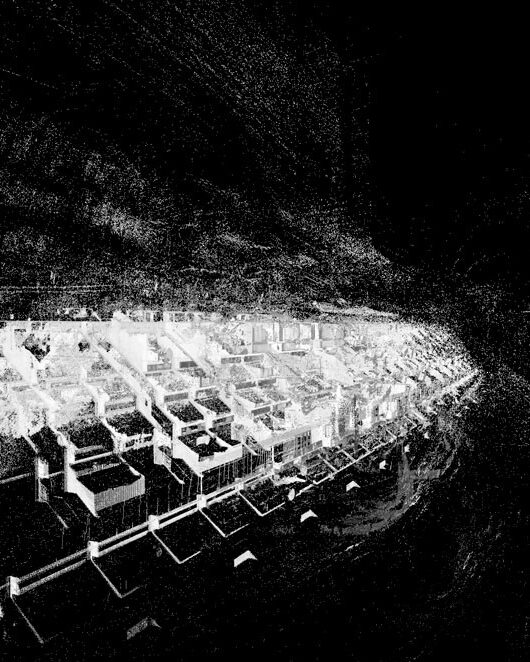recent posts
- Dissertation presentation + script December 11, 2023
- Research interests December 10, 2023
- Paul Klee: Art and writing February 25, 2021
- so many options to delve into artists writings October 15, 2020
- Artists’ predilection for writing: Anne Truitt October 13, 2020
- Anouk De Clercq: when artists write October 8, 2020
- why write: Gary Indiana — clarifying questions, scrambling for survival September 4, 2020
- why write: jenny holzer — be of use, understandable content September 4, 2020
For Kathy
Tags
mundane ramblings . art . hermitage . process . artist residency . teaching . WASH foundations . SHSU Art . art foundations . June 2013 . VSC . i-park . microforest . road trip . exhibition . family . academic textabation . ART 5364 . Quote . art review . artists writings . research . Lecture . Dopt (the dog) . garden . Judith Butler . research ramblings . darke gallery . poetry . poems which aren't really poems just thinkings . fall 2012 . Life Style . artist writings . r2 . 2D Project 2 . 3D project 2 . 2012 fall p1 . r3 . BOX 13 ArtSpace . 3D

